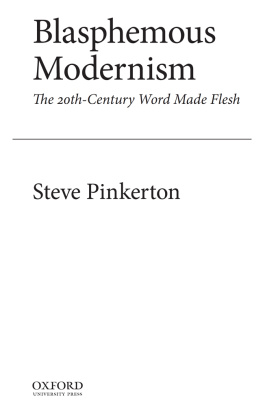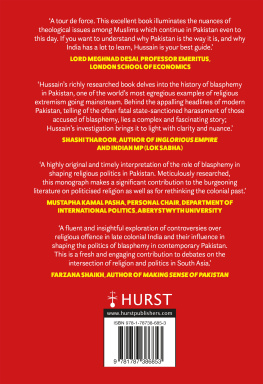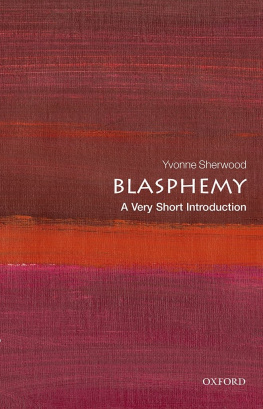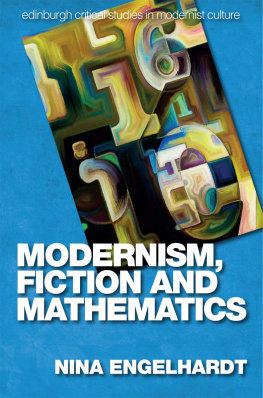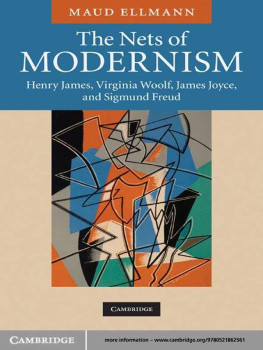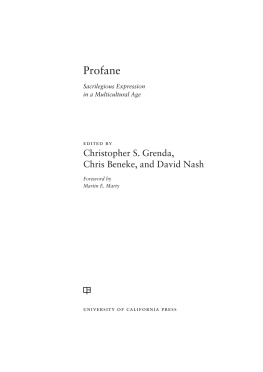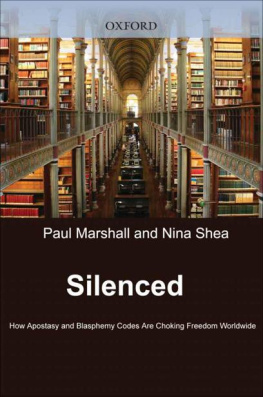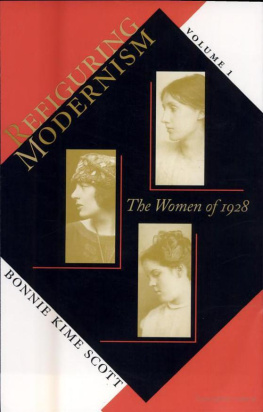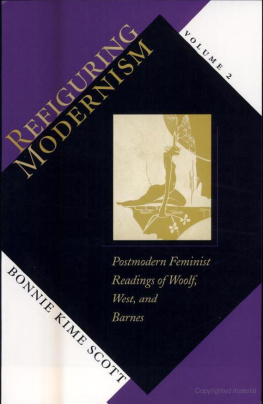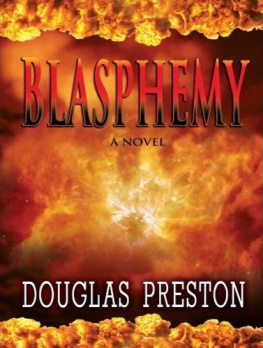Blasphemous Modernism
MODERNIST LITERATURE & CULTURE
Kevin J. H. Dettmar & Mark Wollaeger, Series Editors
Consuming Traditions
Elizabeth Outka
Machine Age Comedy
Michael North
The Art of Scandal
Sean Latham
The Hypothetical Mandarin
Eric Hayot
Nations of Nothing But Poetry
Matthew Hart
Modernism & Copyright
Paul K. Saint-Amour
Accented America
Joshua L. Miller
Criminal Ingenuity
Ellen Levy
Modernisms Mythic Pose
Carrie J. Preston
Pragmatic Modernism
Lisa Schoenbach
Unseasonable Youth
Jed Esty
World Views
Jon Hegglund
Americanizing Britain
Genevieve Abravanel
Modernism and the New Spain
Gayle Rogers
At the Violet Hour
Sarah Cole
Fictions of Autonomy
Andrew Goldstone
The Great American Songbooks
T. Austin Graham
Without Copyrights
Robert Spoo
The Degenerate Muse
Robin Schulze
Commonwealth of Letters
Peter J. Kalliney
Modernism and Melancholia
Sanja Bahun
Digital Modernism
Jessica Pressman
In a Strange Room
David Sherman
Epic Negation
C.D. Blanton
Modernist Informatics
James Purdon
Blasphemous Modernism
Steve Pinkerton

Oxford University Press is a department of the University of Oxford. It furthers the Universitys objective of excellence in research, scholarship, and education by publishing worldwide. Oxford is a registered trade mark of Oxford University Press in the UK and certain other countries.
Published in the United States of America by Oxford University Press
198 Madison Avenue, New York, NY 10016, United States of America.
Oxford University Press 2017
All rights reserved. No part of this publication may be reproduced, stored in a retrieval system, or transmitted, in any form or by any means, without the prior permission in writing of Oxford University Press, or as expressly permitted by law, by license, or under terms agreed with the appropriate reproduction rights organization. Inquiries concerning reproduction outside the scope of the above should be sent to the Rights Department, Oxford University Press, at the address above.
You must not circulate this work in any other form and you must impose this same condition on any acquirer.
CIP data is on file at the Library of Congress
ISBN 9780190627560
eISBN 9780190651442
I think that there is an interesting subject of investigation, for the student of traditions, in the history of Blasphemy, and the anomalous position of that term in the modern world.
TO your blushing we shout the obscenities, we scream the blasphemies, that you, being weak, whisper alone in the dark.
THUS shall evolve the language of the Future.
Mina Loy, Aphorisms on Futurism (1914)
Contents
In a celebrated sequence of Miltons On the Morning of Christs Nativity (1629), the poet revisits a favorite theme of Christian humanismthe triumph of baby Jesus over the pagan godsin the silencing of classical oracles: Apollo from his shrine / Can no more divine. But banished gods have a way of returning, and so when Our Babe in the cradle is revealed as having the power to control the damned crew of deposed deities, forcing them to abide in a past sealed off forever from the new truth that has entered the world, His strength is made manifest through classical allusion: The dreaded Infants hand, that is, the hand of Hercules, who strangled serpents (evoked by Miltons snaky twine) in his crib. With the dawn of Christianity, the classical world, safely stripped of its false divinity, becomes available as trope.
And yet the awe and solemnity evoked in Miltons description of the lost world bespeaks what today we have learned to call ambivalence, and an ambivalent relation to religious orthodoxy, Steve Pinkerton shows, lies at the heart of blasphemy. Although in the Nativity Ode Milton steers well clear of the blasphemousnothing wrong with an admiring glance at pre-Christian majestyin Paradise Lost Milton would have to work harder to fend off charges that he might be usurping rather than elaborating scriptural authority. Pinkertons Blasphemous Modernism: The 20th-Century Word Made Flesh acknowledges the rich history of literary blasphemy; but in the modernist period, he argues, blasphemy becomes fundamental in a new way. Elite cultures proclamation of the death of God (in the West, anyway) has kept us from recognizing that modernists continued to seek in scripture and theology the particular sources of meaning, affect, and literary force that only religion seemed fully capable of providing. And they did so through blasphemy.
Blasphemous Modernism thus engages with recent work on the religious turn in literary studies (predicted in 2005 by Stanley Fish in a well-known essay in the Chronicle of Higher Education) and with broader revisionist work on the theological origins of modernity by showing how modernist discourse is deeply indebted to the logic of blasphemy: there can be no blasphemy without belief, and the ubiquity of ironic invocations of religion in modernism testifies to the persistence of forms of belief that call such irony into being. Modernist irony, in other words, is at least double, making T. S. Eliot only half-right in After Strange Gods when he lamented the impossibility of first-rate blasphemy in an unbelieving world: blasphemy does indeed depend on belief, but there is plenty of it to be found in modernism, first rate and otherwise.
Eliots favorite blasphemer was Baudelaire. For Pinkerton, it is James Joyce and Mina Loy, whom he presents as twin exemplars of modernisms sacrilegious aesthetics. In Finnegans Wake Joyce coined the telling pun sacreligion, a spiritual cognate of the jocoserious aesthetic he names in the Ithaca episode of Ulysses; in her 1922 poem Apology of Genius Loy refers to avant-garde artists as sacerdotal clowns. With this simple yet powerful paradigm in place, one might cruise through modernism looking for hieratic jesters, but Pinkerton carries out a more ambitious agenda. While offer virtuoso readings of Joyce and Loy respectively, later chapters explore additional facets of blasphemy and less familiar terrain in discussions of Djuna Barnes and the self-styled Niggeratti, the dissident coterie of artists and writers that included Wallace Thurman, Richard Bruce Nugent, Zora Neale Hurston, and Langston Hughes.
The Joyce chapter brilliantly illuminates the incarnational aesthetic that leads from Buck Mulligans opening blasphemy to the embodiment of the genuine Christine in Molly Bloom; the Loy chapter (which makes great use of unpublished manuscripts housed in Yales Beinecke Library) shows how her discourse of the body fuses with a poetics of profanation to reimagine the gendered hierarchies of both church and state, orthodoxy and patriarchy. Here the significance of the books subtitlethe word made fleshbecomes apparent, for modernist blasphemy aspires to the status of sacrilege, which is to say that textual transgressionblasphemystrains toward the strict definition of sacrilege: physical desecration. Thus, inasmuch as blasphemy seeks to intervene in the world beyond its textual expression, it aims to become not just rhetorical but political. The potential political stakes of blasphemous modernism become clear in Pinkertons treatment in Niggeratti, Alain Lockes

